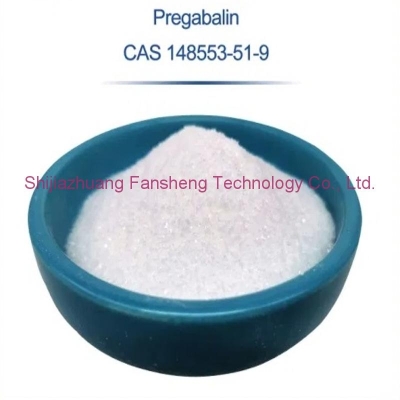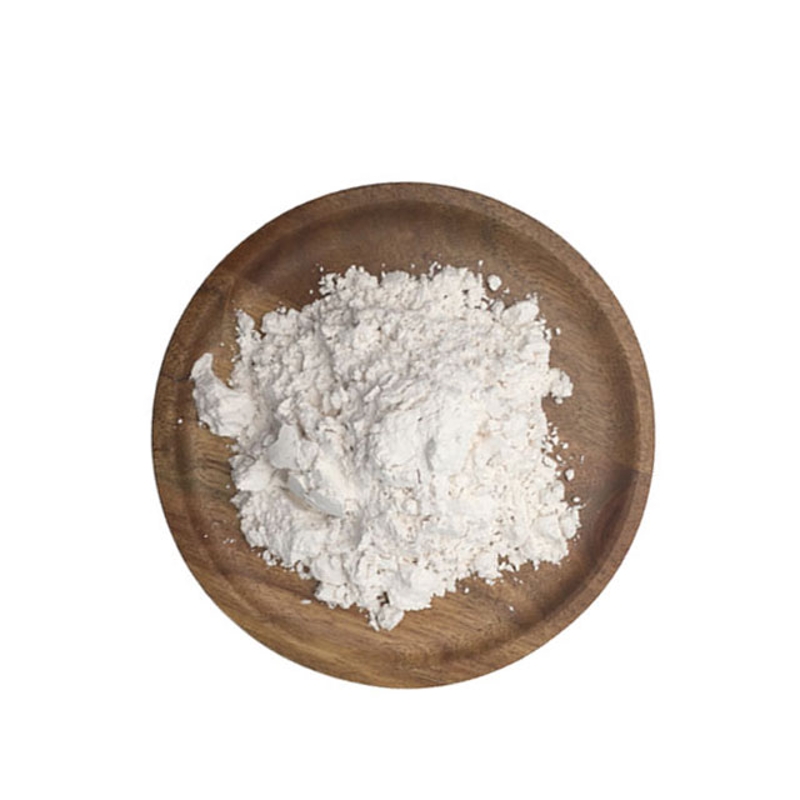-
Categories
-
Pharmaceutical Intermediates
-
Active Pharmaceutical Ingredients
-
Food Additives
- Industrial Coatings
- Agrochemicals
- Dyes and Pigments
- Surfactant
- Flavors and Fragrances
- Chemical Reagents
- Catalyst and Auxiliary
- Natural Products
- Inorganic Chemistry
-
Organic Chemistry
-
Biochemical Engineering
- Analytical Chemistry
- Cosmetic Ingredient
-
Pharmaceutical Intermediates
Promotion
ECHEMI Mall
Wholesale
Weekly Price
Exhibition
News
-
Trade Service
On August 21, Neuron published a research paper entitled "The path selection of the brain's blood vessels in the course of the development of calcium ion activity mediated by piezo1 channel" published online, which was completed by the Center for Brain Science and Intelligent Technology Innovation of the Chinese Academy of Sciences, the Shanghai Brain Science and Brain Research Center, and the DuJulin Research Group of the National Key Laboratory of Neuroscience of the Shanghai Institute of Life Sciences of the Chinese Academy of Sciences.
the development of the brain, the path selection of blood vessels is crucial to the formation of a three-dimensional network of cerebrovascular vessels.
The study, modelled on zebrafish, found that the frequency of calcium ion activity mediated by the mechanically sensitive channel Piezo1 on the cell branch at the top of the cerebrovascular endothos determines the fate of the contraction or elongation of the branch of the top cell, thus determining the path selection of blood vessel growth and the formation pattern of the cerebrovascular 3D network.
To explore the cellular molecular mechanism of cell pathway selection at the top of the endothos, the researchers observed in real time the dynamic changes in cell morphology and calcium ion activity of the endothoste cells in the brain of young zebrafish by imaging over a long period of time, and found that the cells at the top of the endothos continued to extend dynamic subcellular branches, retracted branches were eliminated until they completely disappeared, and the elongation of the branches was stabilized, which in turn determined the growth direction of the endotrate cells.
local spontaneous calcium ion activity of different frequencies is shown on the branch of the endothos of the cerebrovascular endothetation, high frequency calcium ion activity is related to the contraction of the branch of the top cell, and low frequency calcium ion activity is related to the elongation of the branch.
, by blocking or inducing local calcium ion activity, it is proved that high and low frequency calcium ion activity determines the fate of branch contraction and elongation of the top cells respectively.
in addition, the team explored the sources of local calcium activity and found that the mechanically sensitive cation channel Piezo1 mediates the production of local calcium activity in the top cells and the growth fate of the corresponding branches;
study further found that calcium-activated proteolytic enzyme Calpain and nitric oxide synthase (NOS) signaling path, respectively, mediate the fate of the contraction or elongation of the top cell branch induced by Piezo1-calcium ion activity.
study sheds light on the important role of mechanically sensitive channel Piezo1 and its downstream calcium ion activity in the path selection of cells at the top of the endoskin during the development of three-dimensional vascular vessels in the brain.
The early work of dujulin laboratory found (PLoS Biology, 2012, 10: e1001375), during the development process, after the formation of a three-dimensional network of blood vessels in the brain, the reduction and variation of blood flow in the local cerebrovascular caused the migration of endoblast cells, resulting in the disappearance of the blood vessels, thereby simplifying the growing three-dimensional network of cerebrovascular blood vessels on a geometric scale and improving the efficiency of cerebrovascular flow.
two studies, from the two "yin-yang" sides of blood vessel growth and pruning, revealed the formation mechanism of the three-dimensional network of blood vessels in the brain.
vascular development is mainly through angiogenesic ways, the continuous growth of new branch of blood vessels from existing blood vessels, thus forming a complex but orderly three-dimensional vascular network.
Vascular endotrine top cells are located at the front end of the vascular growth cone, constantly extending multiple dynamic subcellular branches and dense silky pseudo-foot from its tip, exploring the surrounding tissue microencrystic environment, and leading the vascular growth cone to its target blood vessel growth, which is the path selection of the cells at the top of the endotrine of the blood vessel.
, the path selection of the top cells is very important, it determines the path of blood vessel growth, is the key to the formation of three-dimensional vascular network patterns in various organ tissues, including the brain.
, however, little is known about the mechanism of the top cell path selection.
()







